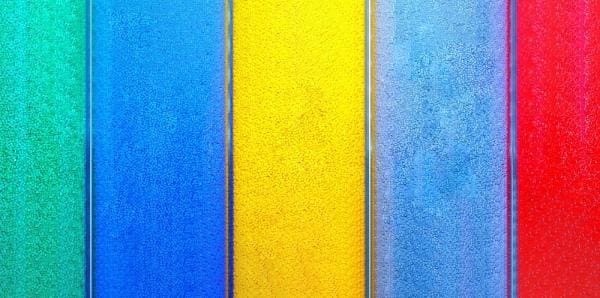
How Is Plastic Made? A Simple Step-By-Step Explanation
Plastic can either be ‘synthetic’ or ‘biobased’. Synthetic plastics are derived from crude oil, natural gas or coal. Whilst biobased plastics come from renewable products such as carbohydrates, starch, vegetable fats and oils, bacteria and other biological substances.
The vast majority of plastic in use today is synthetic because of the ease of manufacturing methods involved in processing crude oil. However, the growing demand for limited oil reserves is driving a need for newer plastics from renewable resources such as waste biomass or animal-waste products from the industry.
In Europe, only a small proportion (about 4 – 6%) of our oil and gas reserves goes towards the production of plastics, with the rest used for transport, electricity, heating and other applications.
Most of the plastic in use today is derived by the following steps:
1. Extraction of raw materials (largely crude oil, natural gas, and coal) – these are a complex mixture of thousands of compounds that need to be processed.
2. Refining process transforms crude oil into different petroleum products – these are converted to yield useful chemicals, including “monomers” (a molecule that is the basic building blocks of polymers). In the refining process, crude oil is heated in a furnace, then sent to the distillation unit, where heavy crude oil separates into lighter components called fractions. One of these, called naphtha, is the crucial compound to make a large amount of plastic. However, there are other means, such as using gas.
3. Polymerisation is a process in the petroleum industry where light olefin gases (gasoline) such as ethylene, propylene, butylene (i.e., monomers) are converted into higher molecular weight hydrocarbons (polymers). This happens when monomers are chemically bonded into chains. There are two different mechanisms for polymerisation:
1. Addition polymerisation
The addition polymerisation reaction is when one monomer connects to the next one (dimer) and the dimer to the next one (trimer), and so on. This is achieved by introducing a catalyst, typically a peroxide. This process is known as chain growth polymers – as it adds one monomer unit at a time. Common examples of addition polymers are polyethylene, polystyrene and polyvinyl chloride.
2. Condensation polymerisation
Condensation polymerisation includes joining two or more monomers by removing small molecules such as water. It also requires a catalyst for the reaction to occur between adjacent monomers. This is known as step growth because you may, for example add an existing chain to another chain. Common examples of condensation polymers are polyester and nylon.
4. Compounding/Processing
In compounding, various materials are melt blended (mixed by melting) to make formulations for plastics. Generally, an extruder of some type is used for this purpose, followed by pelletising the mixture. Extrusion or a different moulding process transforms these pellets into a finished or semi-finished product. Compounding often occurs on a twin-screw extruder where the pellets are then processed into plastic objects of unique design, various sizes, shape, colours with accurate properties according to the predetermined conditions set in the processing machine.
If you’d like more detailed information on how plastic is made, click here.
Read more from the BPF here.





